Bobcat vs. Caterpillar: What’s the Difference?

George Yang | Founder at EPO
Hi, I'm George Yang, here to share my expertise in excavator parts with you.
Table of Contents
Are you trying to decide between Bobcat and Caterpillar for your construction equipment needs? Choosing the right brand can significantly impact your project’s efficiency and success.
As a heavy machinery specialist with years of experience working on large-scale and compact construction sites, I understand the technical differences and operational benefits of both brands.
Bobcat is known for its compact, versatile equipment suitable for smaller or confined workspaces, while Caterpillar offers powerful, heavy-duty machinery for large-scale and rugged environments.
In this guide, you’ll learn about the strengths and differences between these 2 brands to help you make an informed decision.
So, let’s dive in!
1. Bobcat Overview
Bobcat has long been a leader in the compact equipment market, offering a range of versatile machines designed for smaller work environments. It is widely recognized for producing skid-steer loaders, compact excavators, and utility vehicles that serve industries such as construction, landscaping, and agriculture. Here are the pros and cons of choosing Bobcat equipment.
Types of Equipment Offered by Bobcat
Bobcat Company specializes in compact equipment designed for versatility and efficiency across various industries. Their product lineup includes:
- Skid-Steer Loaders: Known for their maneuverability and attachment versatility, these loaders are ideal for construction, landscaping, and agriculture.
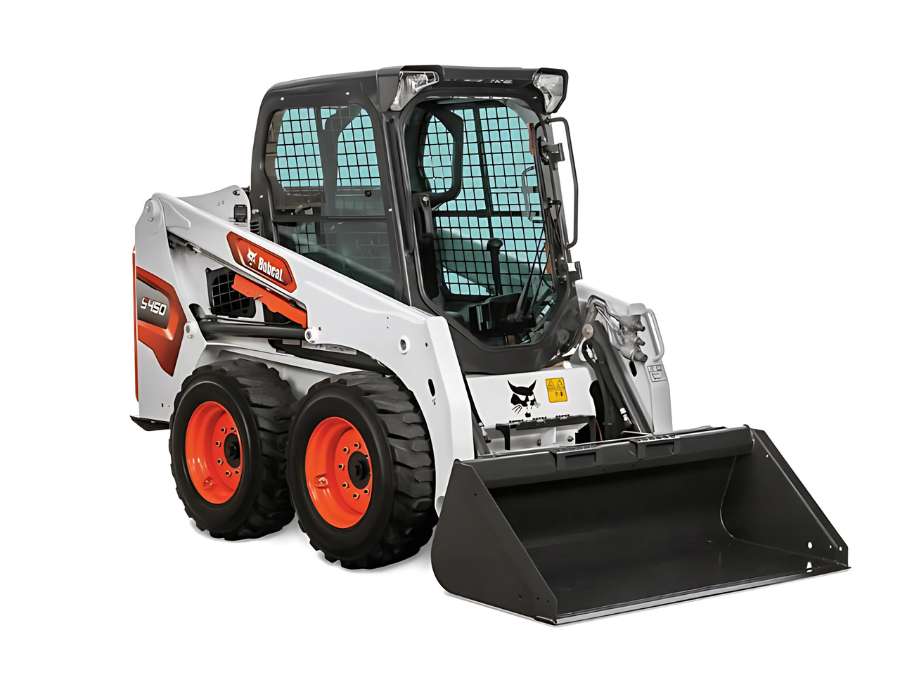
- Compact Track Loaders: Featuring rubber tracks for enhanced traction and reduced ground disturbance, these machines excel in challenging terrains.
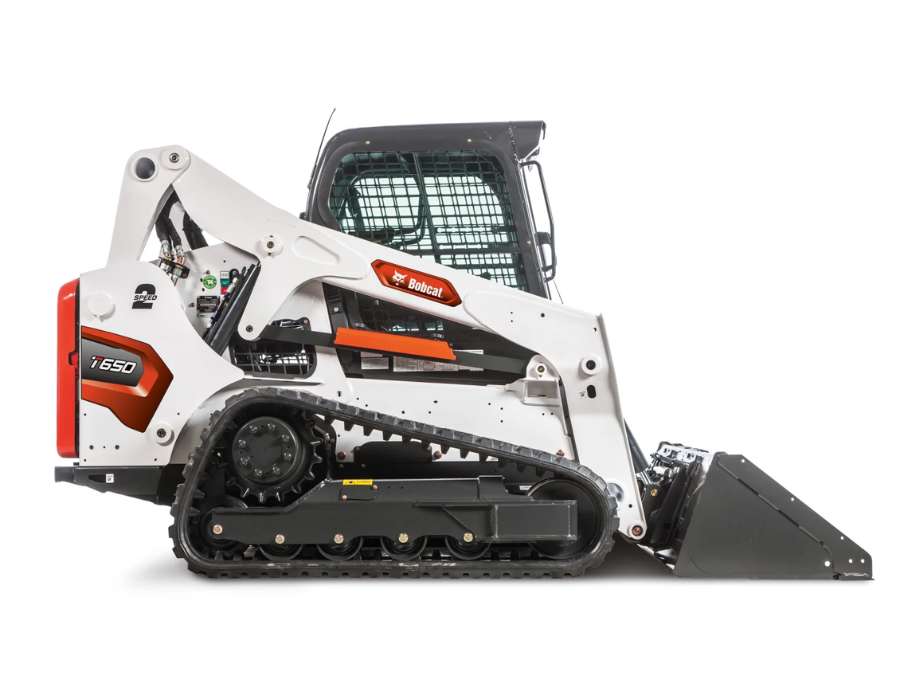
- Compact Excavators: Also known as mini excavators, they are suitable for tasks requiring precision in confined spaces.
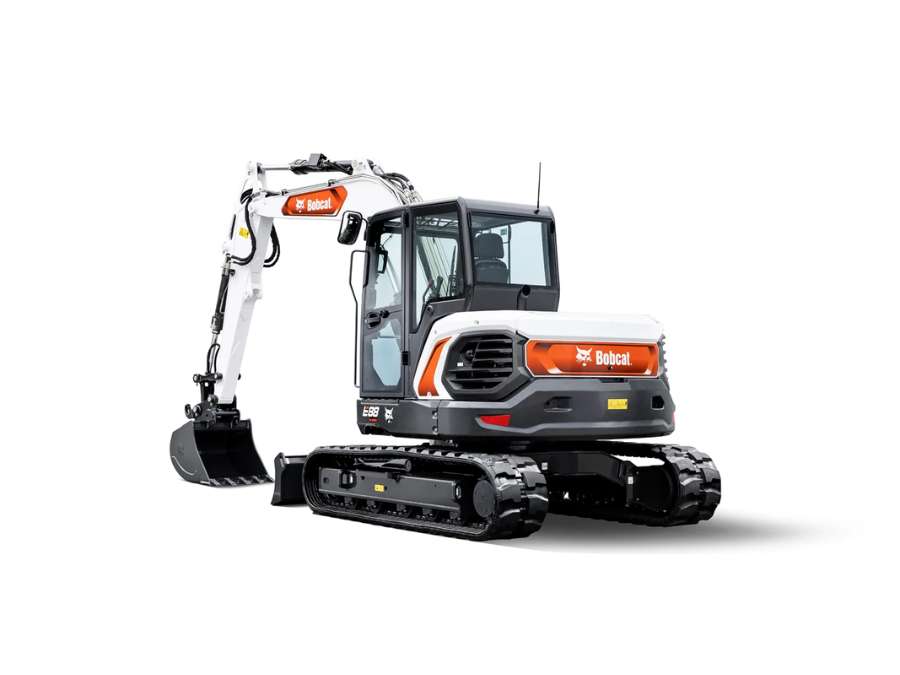
- Compact Tractors: Ranging from 25 to 58 horsepower, these tractors are equipped for various tasks, including mowing, digging, and hauling.
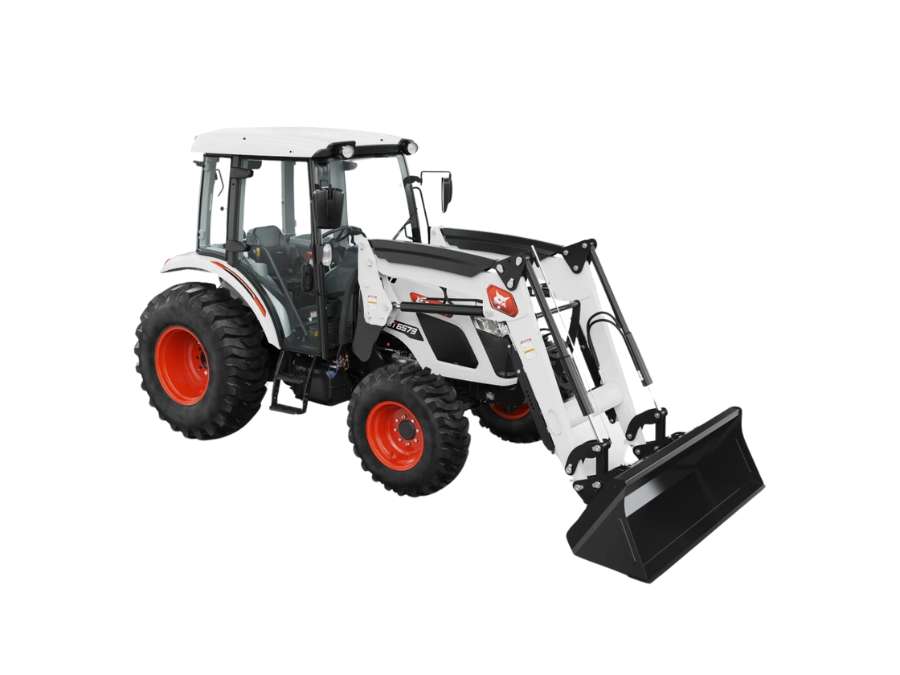
- Utility Vehicles (UTVs): Designed for transporting materials and personnel across job sites efficiently.
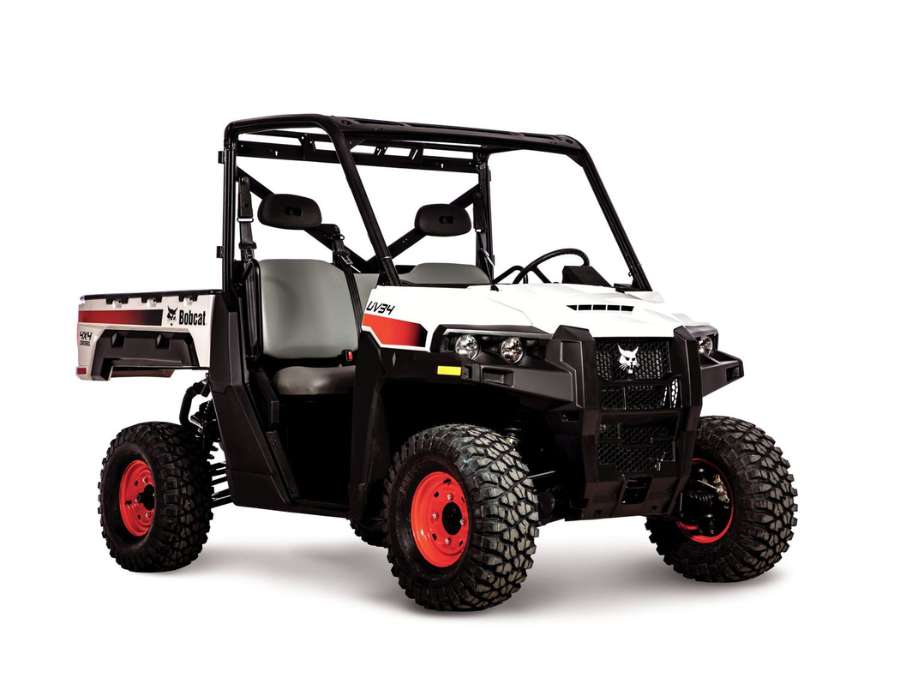
- Telehandlers: These machines offer extended reach and lifting capabilities, essential for material handling in construction and agriculture.
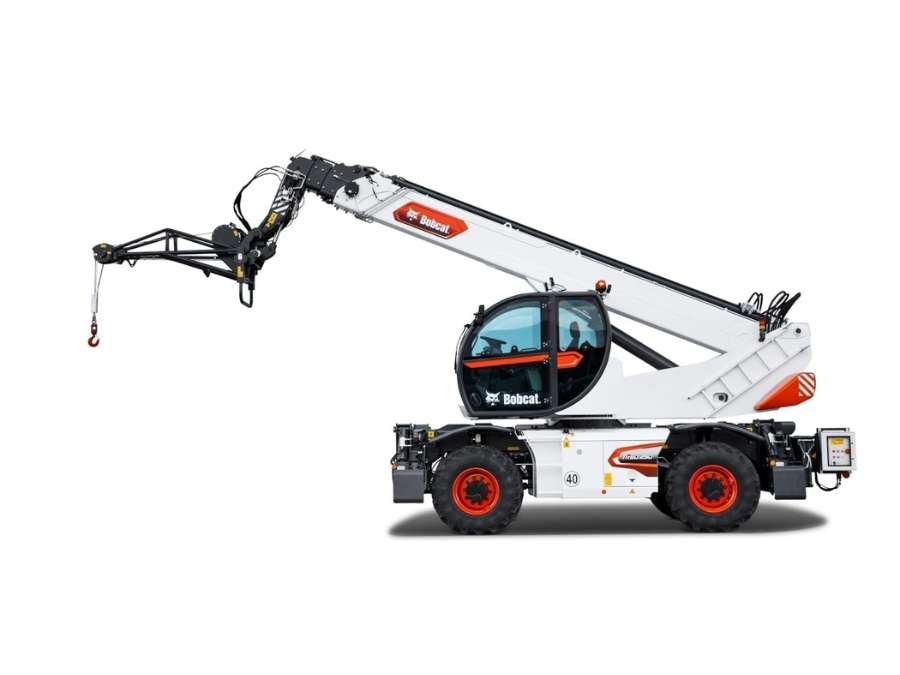
2. Caterpillar Overview
Caterpillar, commonly known as Cat, is a global leader in heavy machinery, renowned for its robust equipment designed for large-scale and industrial projects. For instance, it offers an extensive range of powerful machines, including bulldozers, excavators, wheel loaders, and more. Below are the pros and cons of choosing Caterpillar equipment.
Types of Equipment Offered by Caterpillar
Caterpillar offers a comprehensive range of heavy-duty machinery designed to support large-scale construction, mining, and industrial operations. Their equipment includes:
- Excavators: Caterpillar provides a wide selection of excavators, from mini to large models, built for heavy digging, demolition, and material handling.
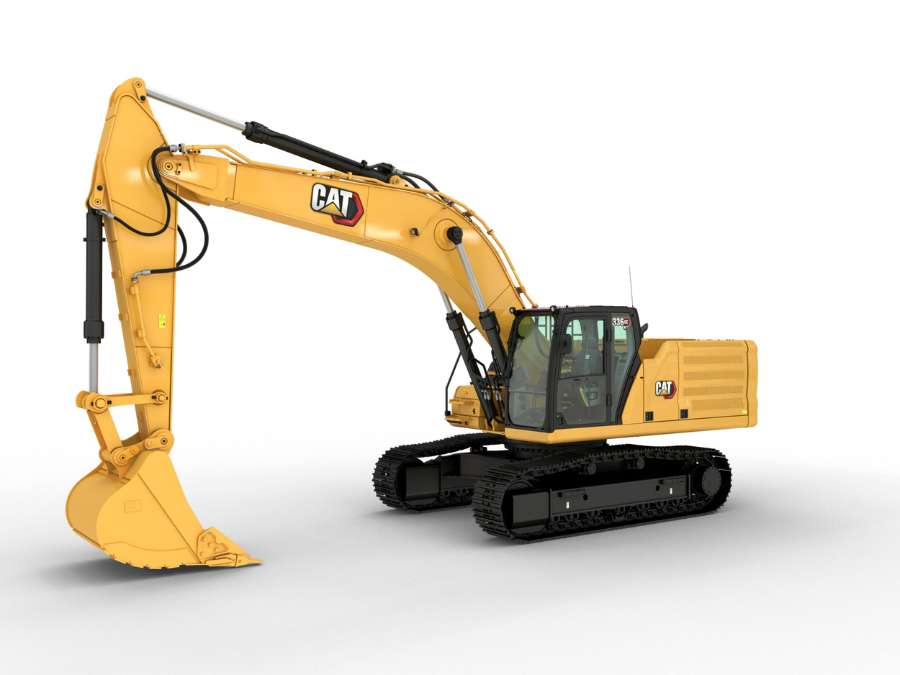
- Dozers: Known for their power and durability, Caterpillar dozers are essential for earthmoving and grading tasks in challenging terrains.
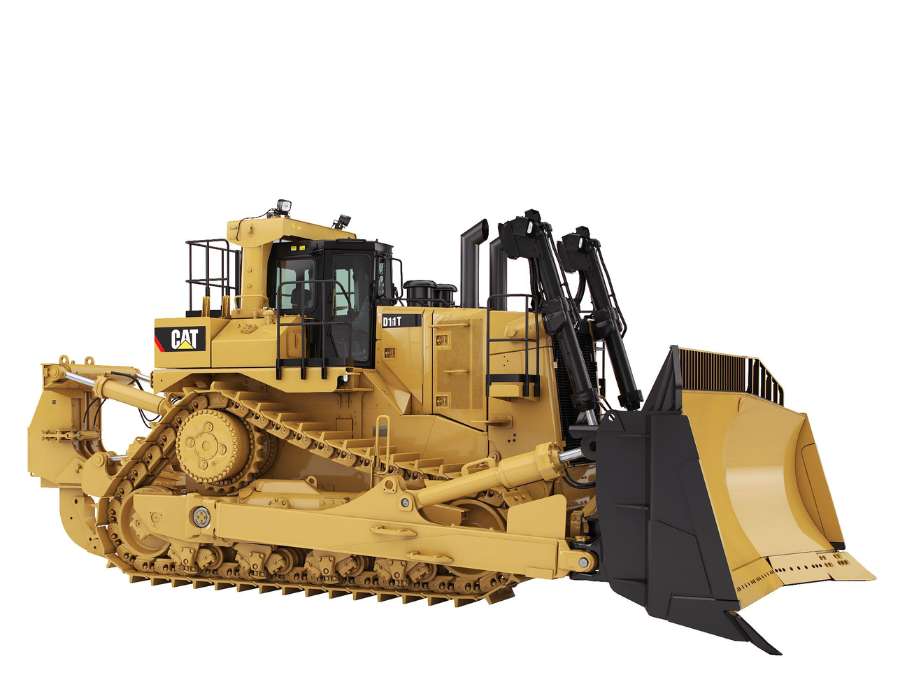
- Wheel Loaders: Available in various sizes, these loaders are ideal for material handling, loading, and moving heavy loads on construction and mining sites.

- Backhoe Loaders: Combining the capabilities of an excavator and loader, these versatile machines are suitable for a range of digging, trenching, and material transport tasks.

- Skid Steer Loaders: Compact and maneuverable, Caterpillar skid steer loaders work well in tight spaces and are compatible with multiple attachments.
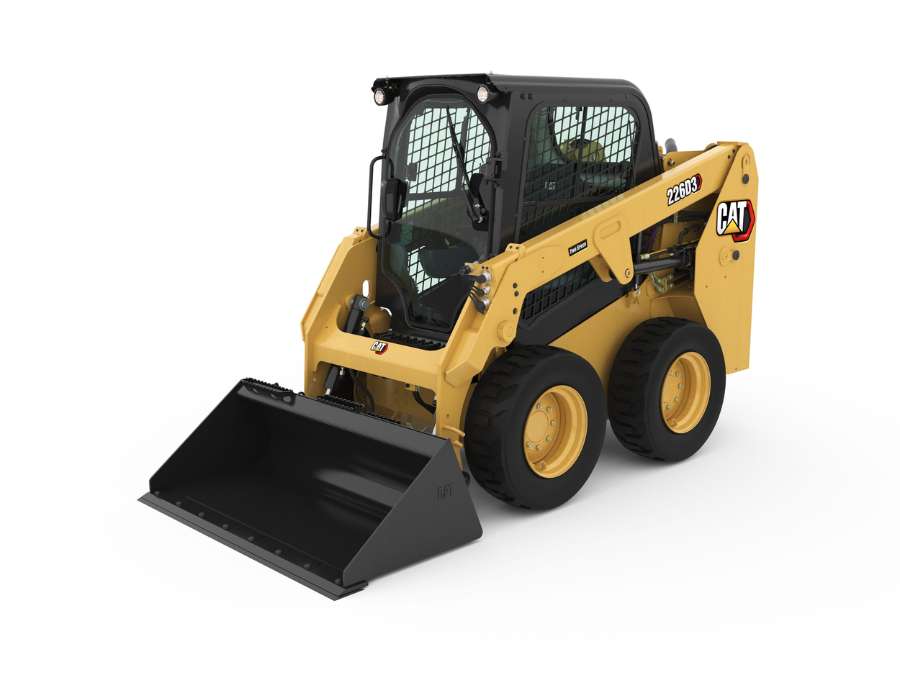
- Compact Track Loaders: These loaders feature durable rubber tracks for better traction and reduced ground impact, making them ideal for soft or uneven terrain.
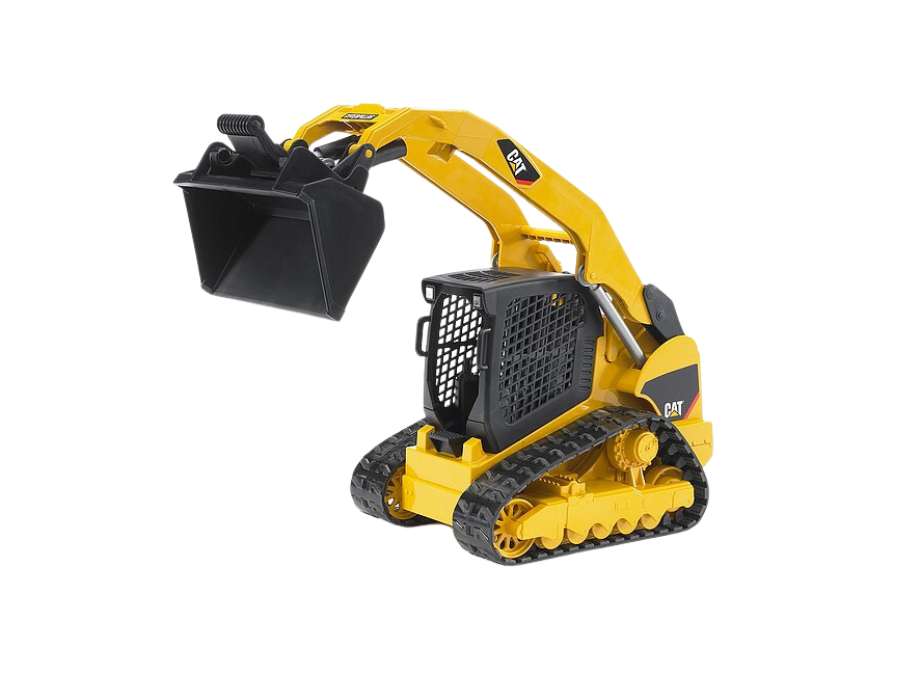
- Motor Graders: Caterpillar motor graders are designed for road construction and maintenance, offering precise grading and fine leveling capabilities.
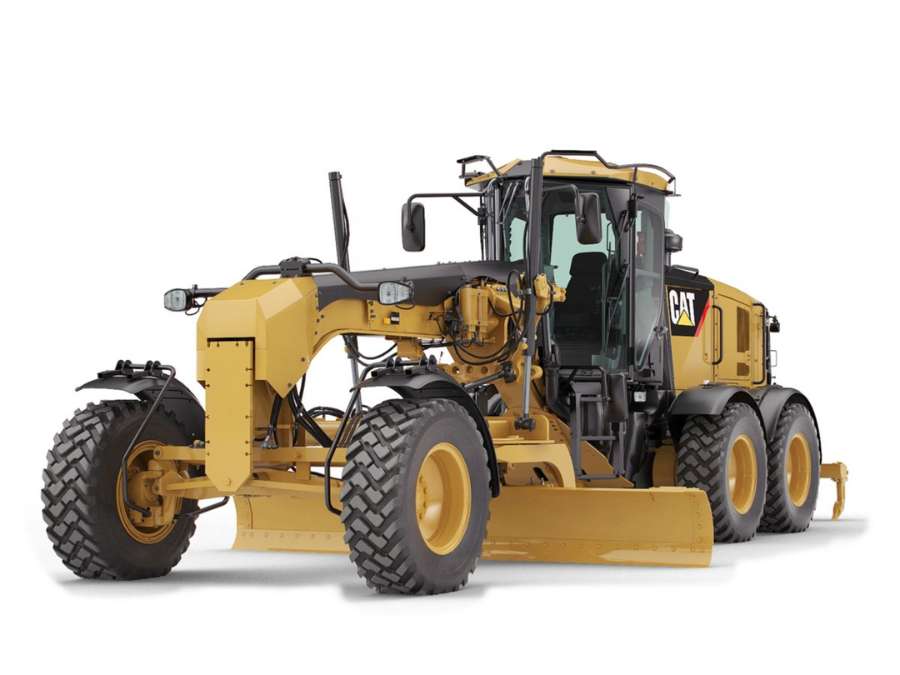
- Telehandlers: With extended reach and heavy lifting capabilities, Caterpillar telehandlers are essential for material handling in construction and agricultural settings.
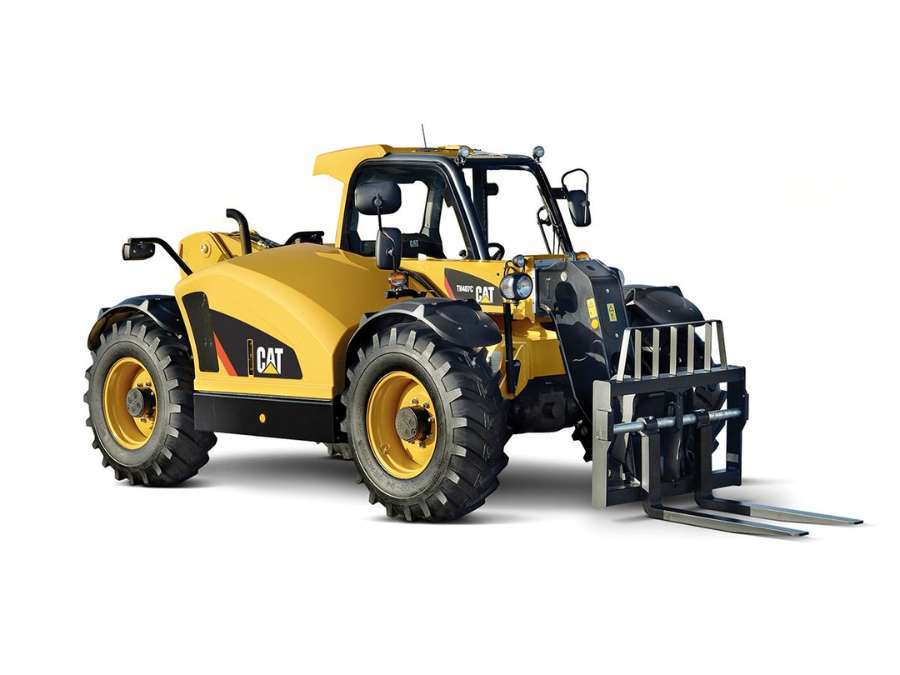
- Articulated Trucks: These heavy-duty trucks are designed to transport large loads across rough and uneven terrains, commonly used in mining and quarry applications.
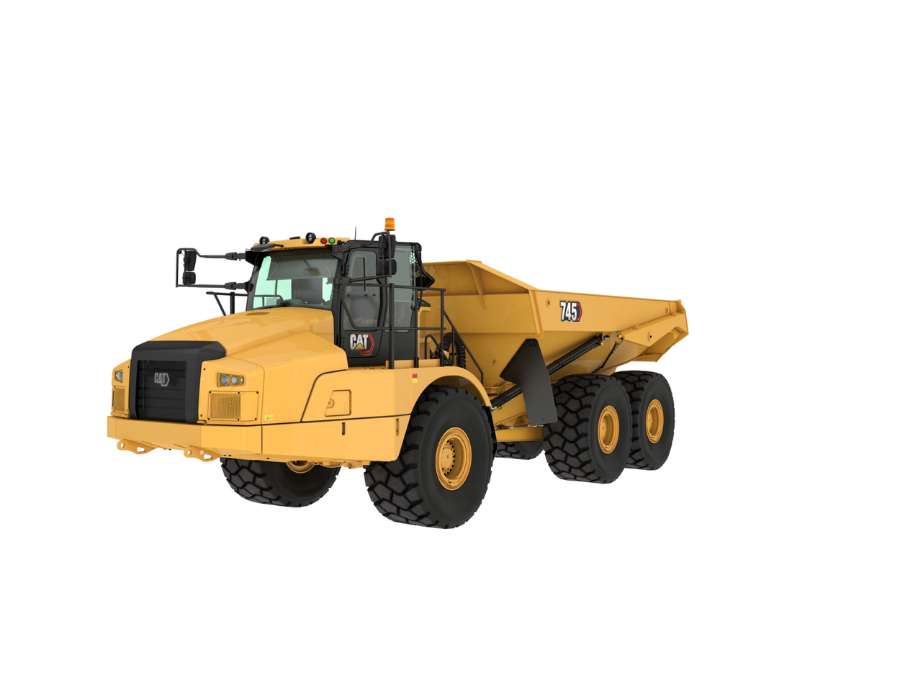
- Paving Equipment: Caterpillar offers pavers, compactors, and cold planers specifically engineered for asphalt and concrete paving projects.
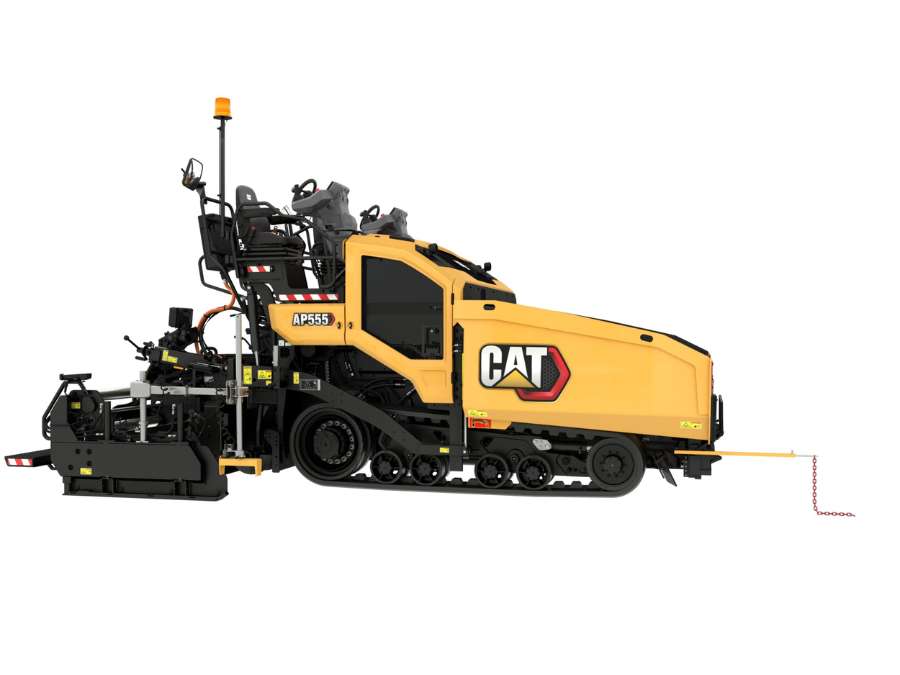
Extensive Parts and Model Range
Caterpillar’s wide array of equipment is supported by an equally extensive range of parts, ensuring reliability and efficiency in various applications. EPO supplies the following high-quality parts compatible with Caterpillar models, providing dependable solutions for heavy-duty machinery needs.
| Category | Details |
| Parts Names | Air Compressor, Alternator, Backhoe Parts, Bucket Teeth, Catalytic Converter, Cylinder Head, ECM (Engine Control Module), Exhaust Manifold, Fan Belt, Final Drive, Fuel Filter, Fuel Injector, Fuel Pressure Regulator, Fuel Pump, Hydraulic Control Valve, Hydraulic Cylinder, Hydraulic Hose, Hydraulic Oil Filter, Hydraulic Pump, Injector Solenoid, Injection Pump, Jake Brake Solenoid, Lift Cylinder, Oil Cooler, Oil Filter, Radiator, Rocker Arm Assembly, Starter, Steering Pump, Swing Motor, Thermostat, Tilt Cylinder, Track Adjuster, Turbocharger, Water Pump |
| Model Names | 420, 259D, 424B, 330, 320, 336, 308, 305, 303.5, 312, 315, 320D, 320D2, 330B, 330D, 340, 3406, 3406E, 3508, 3512, 3600, 416, 420D, 420E, 432, 963, 992G, 988H, 854K, 797F, 777, 140, 140G, 140H, 140M, 120M2, 120M, D2, D5, D6, D8, D10, D11, D14, 930, 938, 950, 977, 299D, 299D3, 215, 225, 235, 262C, 275, 277, 299, 304, 307, 311, 315BL, 320B, 320C, 330C, 330CL, 336D, 395 |
3. Key Differences Between Bobcat and Caterpillar
When choosing between Bobcat and Caterpillar, it’s essential to understand how they differ in various aspects. Each brand has its strengths, catering to specific project requirements and business needs. Below is a comparison chart that highlights these key differences.
| Feature | Bobcat | Caterpillar |
| Size | Compact and designed for small job sites | Larger machines suitable for heavy-duty work |
| Primary Use | Ideal for small-scale construction, landscaping, and agriculture | Best for large-scale construction, mining, and industrial applications |
| Power | Less powerful, suitable for light to medium tasks | High power output, designed for heavy lifting and extensive digging |
| Technology | Moderate tech integration, focusing on attachment versatility | Advanced features including GPS, autonomous controls, and remote monitoring |
| Product Range | Focused on compact machines like skid-steers and small excavators | Extensive range including bulldozers, wheel loaders, and large excavators |
| Global Reach | Strong presence in North America and Europe | Extensive global network with wide dealer support |
| Pricing | More affordable, especially for small businesses | Higher price range reflecting advanced features and durability |
| Maintenance | Easier and less costly maintenance | Higher maintenance costs but extensive service availability |
| Durability | Durable for compact tasks, but not for heavy-duty work | Extremely durable, built for tough, large-scale environments |
| Operator Comfort | Comfortable with basic features | Focus on operator comfort with advanced cab designs and controls |
| Attachments | Offers a wide range of attachments for multifunctionality | Fewer attachment options, more specialized for specific tasks |
For businesses and projects requiring compact, versatile machines, Bobcat offers an affordable and adaptable solution. In contrast, Caterpillar stands out for heavy-duty applications, delivering powerful, tech-integrated equipment suitable for large-scale construction and industrial needs.
4. 3 Tips When Choosing Between Bobcat or Caterpillar
When deciding between Bobcat and Caterpillar, it’s crucial to align the technical specifications and capabilities of each brand with the specific requirements of your project. This section provides in-depth, technical tips for making the right choice:
#1 Evaluate Terrain and Worksite Conditions
Bobcat’s compact machines excel in maneuvering tight spaces and soft terrains, ideal for urban and landscaping projects. For instance, their lightweight design minimizes ground disturbance, making them suitable for sensitive sites. Caterpillar’s heavier, rugged machinery is better for open, rugged environments like mining or large-scale construction sites.
#2 Match Equipment Power Output to Task Requirements
Bobcat offers power ranges suitable for light to medium-duty tasks, with models ranging from 24 to 75 HP. These are effective for precision work and multi-attachment use, ideal for smaller projects. Caterpillar’s equipment, with higher horsepower options, excels in heavy-duty applications like excavation and earthmoving.
#3 Consider Equipment Technology and Integration
Bobcat machines emphasize versatility with attachments but lack advanced automation features, fitting straightforward operations. Caterpillar integrates advanced systems like CAT Connect, offering automation and remote diagnostics for improved efficiency. This technology is crucial for large-scale projects needing precise control and reduced downtime.
Conclusion
Choosing between Bobcat and Caterpillar is crucial to ensuring your equipment matches the scale and demands of your projects. Understanding each brand’s strengths and applications allows you to make an informed decision tailored to your operational needs.
In conclusion, this guide provides the technical insights needed to decide which brand best aligns with your specific requirements. If you’re concerned about finding reliable parts for Caterpillar, EPO offers a wide range of high-quality, competitively priced components, available at 30-60% lower than big brands. Contact us today to explore how we can meet your machinery needs with top-notch products and services.
Table of Contents
Recent Posts
Quick Quote
Fill out the form, get the quote in hours!
Recent Blogs
Sorry, we couldn't find any posts. Please try a different search.




